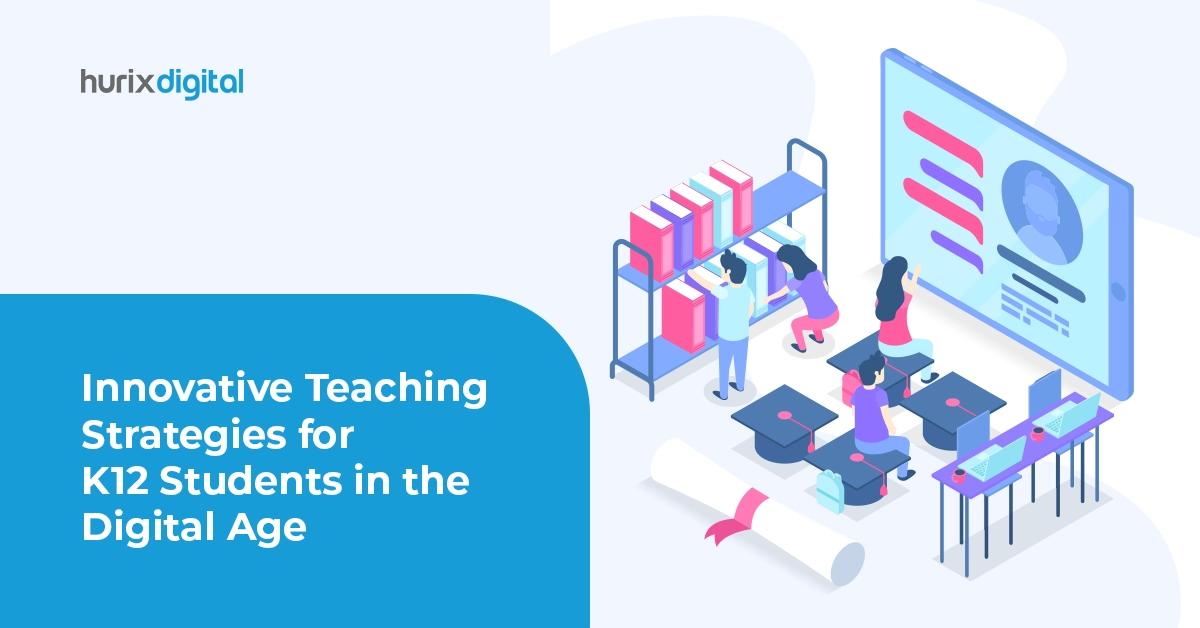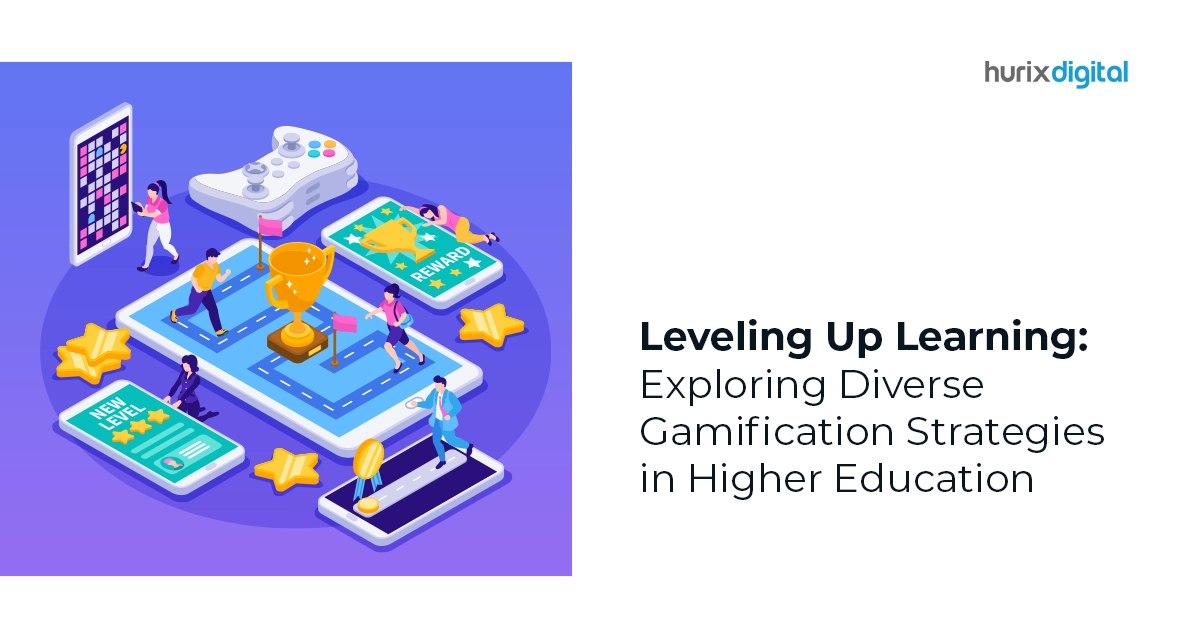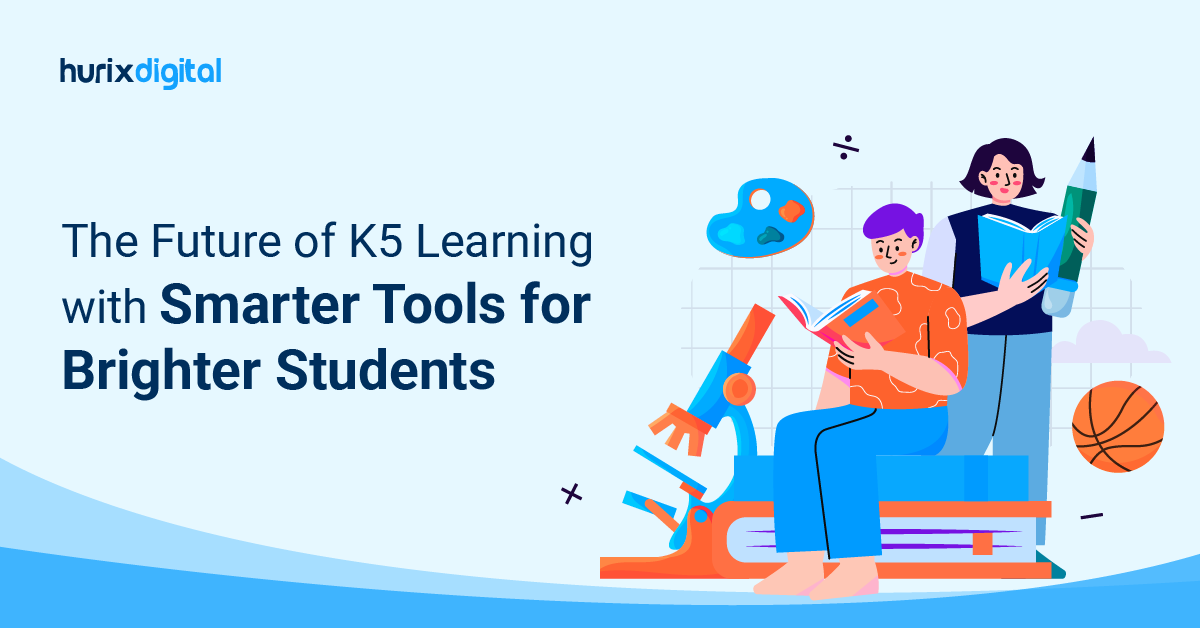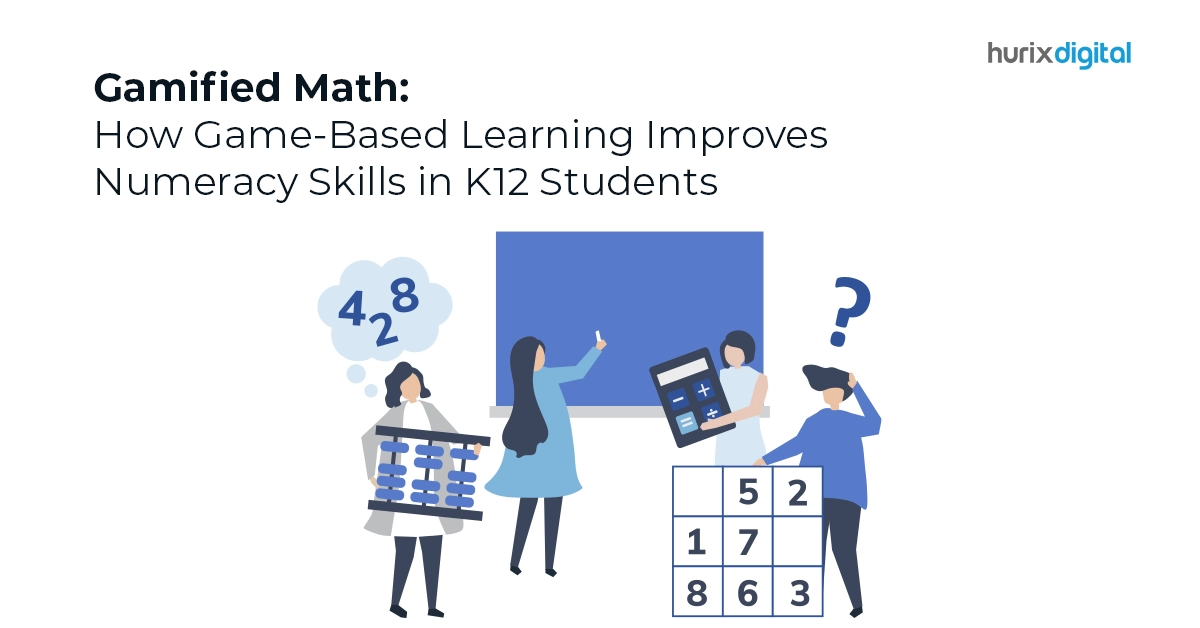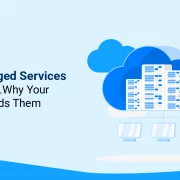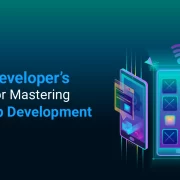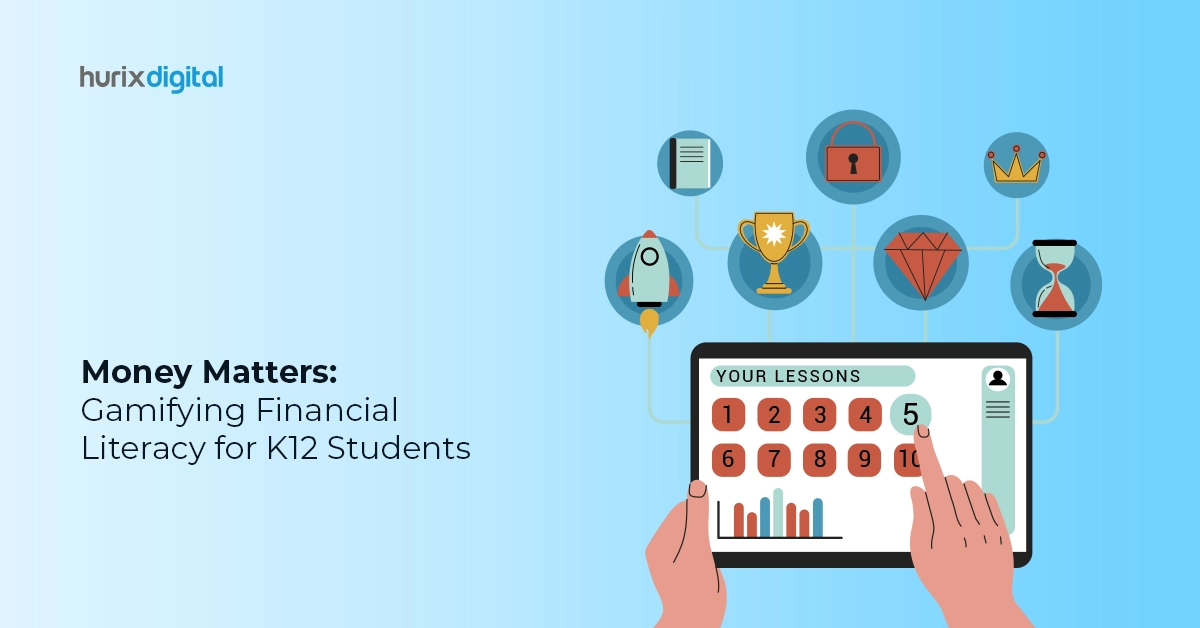
Money Matters: Gamifying Financial Literacy for K12 Students
Summary
Learn how gamification can boost financial literacy among K12 students. This blog highlights innovative approaches to teaching money management through games.
The need for financial literacy for students at an early age has become more important than ever in today’s fast-paced, technologically-driven world. Finding fun and creative ways to teach K12 students financial concepts is crucial, especially in light of the growing significance of comprehending personal finance.
Gamification in education is one successful strategy that has grown popular in recent years. Teachers can make learning engaging, interactive, and relevant for students by introducing gaming elements into their financial literacy curricula.
This blog outlines the significance of financial literacy in K-12 education and how gamification can be leveraged as a potent tool to achieve it. From strategies to benefits, let’s explore the role of gamification in achieving financial literacy!
Table of Contents:
- Significance of Financial Literacy for K12 Students
- Benefits of Gamifying Financial Literacy
- Strategies for Implementing Gamification in Financial Education
- Common Mistakes to Avoid While Using Gamification in Financial Education
- Takeaway
Significance of Financial Literacy for K12 Students
The knowledge and comprehension of financial concepts and abilities required to make wise financial decisions is referred to as financial literacy.
By including financial education into K12 curricula, schools can prepare students to successfully manage their finances in the future. Let’s examine the advantages that come with financial literacy for students.
1. Creating Solid Foundations
Financial literacy instruction in schools aids in the development of solid financial security foundations in pupils.
- It gives students an introduction to fundamental financial ideas like investing, saving, and budgeting.
- Early acquisition of this knowledge helps students form sound financial practices that may pay off in the long run.
- Students who have a solid understanding of the worth of money, the necessity of saving, and the negative effects of excessive spending are better equipped to make wise financial decisions through the course of their lives.
2. Establishing a Sense of Financial Responsibility
Including financial literacy in school curricula aids in the development of students’ sense of financial responsibility.
- They gain knowledge about the repercussions of debt, the necessity of making timely bill payments, and the benefits of prudent borrowing.
- Pupils gain the ability to prioritize their financial responsibilities and comprehend how financial decisions affect their lives.
- Students who adopt this responsible mentality are better able to steer clear of common financial errors and lay the groundwork for success in the future.
3. Improving Career Preparedness
Financial literacy is not limited to personal money matters; it is also essential for preparing oneself for the workforce.
- Financial literacy which includes knowledge of investments, insurance, and taxes gives students an edge in job negotiations and career decision-making.
- They can assess wage proposals, comprehend retirement schemes, and decide on employee benefits with knowledge.
Also Read: EdTech Apps: Powering K12 Play-Learning in 2024
Benefits of Gamifying Financial Literacy
The global market for gamification in education is expected to reach USD 5412 billion by 2029, growing at a compound annual growth rate of 36.4% from USD 1146 million in 2024.
- Since games are fun by nature, they can inspire students to take an active role in their education. Teachers can engage students and keep them interested in the material by gamifying the financial literacy curriculum.
- Students can experiment with financial concepts in a secure and monitored setting by playing games, which offer an interactive way to learn.
- Gamification can enhance critical thinking, problem-solving, and financial decision-making skills.
- Students can improve their capacity to save, invest, budget, and make wise financial decisions by overcoming virtual financial challenges.
- By mimicking real-world financial situations, games can help students understand financial concepts in a relatable context.
Strategies for Implementing Gamification in Financial Education
Now that you are aware of the possible advantages of gamification, let’s talk about how to successfully implement it into your student financial literacy program.
1. Financial Literacy Quest
Assign students to accomplish a sequence of financial tasks or quests to advance through varying levels.
Every challenge can have a specific financial theme, like investing, saving, or budgeting, and it can offer prizes for finishing it successfully.
2. Simulation Games
Use online simulation games to practice managing a virtual budget, operating a business, or investing in stocks.
These games replicate real-world financial scenarios. With the help of these games, students can gain practical experience and understand the effects of their financial choices.
3. Interactive Tests and Quizzes
Use gamified tests and quizzes to evaluate students’ understanding of financial topics entertainingly and interestingly.
Utilize tools like leaderboards, badges, and prizes to encourage students to work hard and monitor their advancement.
4. Role-playing Games
Assign students to various roles, such as investor, entrepreneur, or financial advisor, and have them participate in role-playing situations where they must make economic choices and find solutions.
Students learn the ability to apply abstract ideas to real-world scenarios thanks to this practical approach.
Common Mistakes to Avoid While Using Gamification in Financial Education
While there is a lot of potential for student financial literacy programs with gamification, it’s crucial to be aware of frequent mistakes and errors in the implementation process. Some of them are:
1. Surface-level Gamification
Remember that you are interacting with adolescents even though you are including games in your financial literacy curriculum.
- Gamification that is too forced or gimmicky can be detrimental to the learning process and harm your students’ performance.
- Achieving an equilibrium between keeping pupils focused on the material while making learning fun is crucial.
2. Disregarding Various Learner Needs
Every student is distinct, with different interests and educational styles. A financial literacy program’s gamification process should take into account the various needs of its learners and offer a variety of gaming and interaction choices.
Think about giving students a choice of game formats (i.e., cooperative or competitive game elements) or offering different approaches to students who might not be interested in conventional gaming.
3. Inconsistency With Educational Goals
Always make sure that gamification supports the desired learning objectives.
- Instead of including game elements just for the sake of including them, think about how they can improve students’ comprehension and application of financial literacy theories.
- The components of the game should be instruments for accomplishing the intended learning objectives.
By staying away from these mistakes, teachers can use gamification to turn student financial literacy initiatives into interesting and productive learning environments.
Check out EXCLUSIVE: Hurix Minibook: The Paradigm Shift in Higher Education with Curriculum Development
Takeaway
For K12 students, gamifying financial literacy is an innovative and practical approach to impart crucial money management skills in a fun and dynamic way.
Teachers can make traditional financial literacy instruction more engaging and interactive by gamification of education, which will encourage students to investigate, comprehend, and apply important financial concepts.
If you are looking for gamification solutions for K12 education, get in touch with Hurix Digital. Our customized gamified learning programs support your learning goals while meeting your students’ motivational needs.
Contact us to get started today!

Senior Vice President – Business Development
Over 25 years of experience in the edtech and workforce learning industry with strong skills in Business Development, Customer Relationship Management (CRM) and Strategy.
